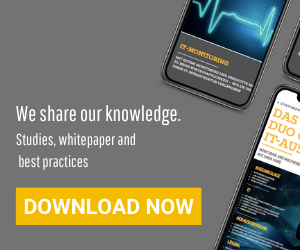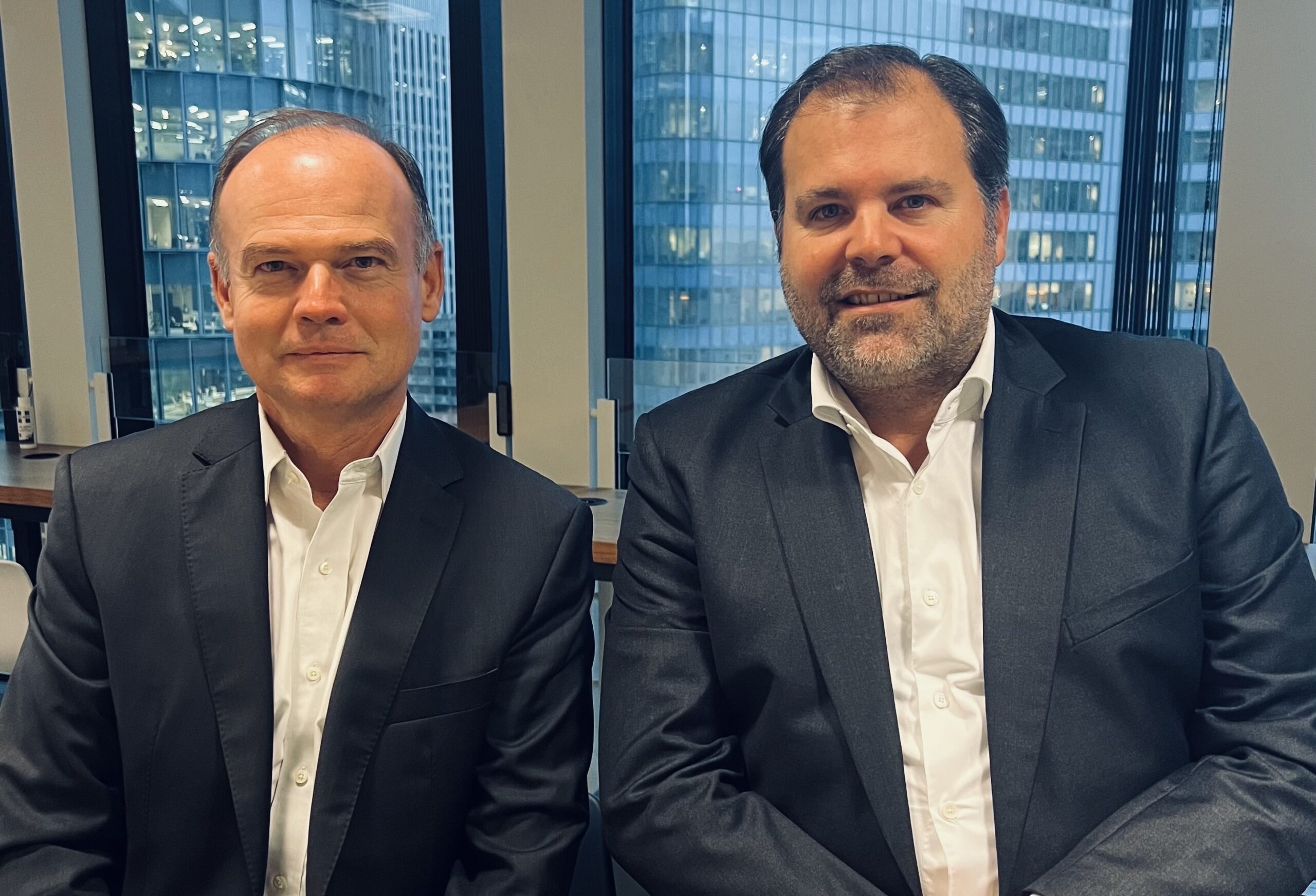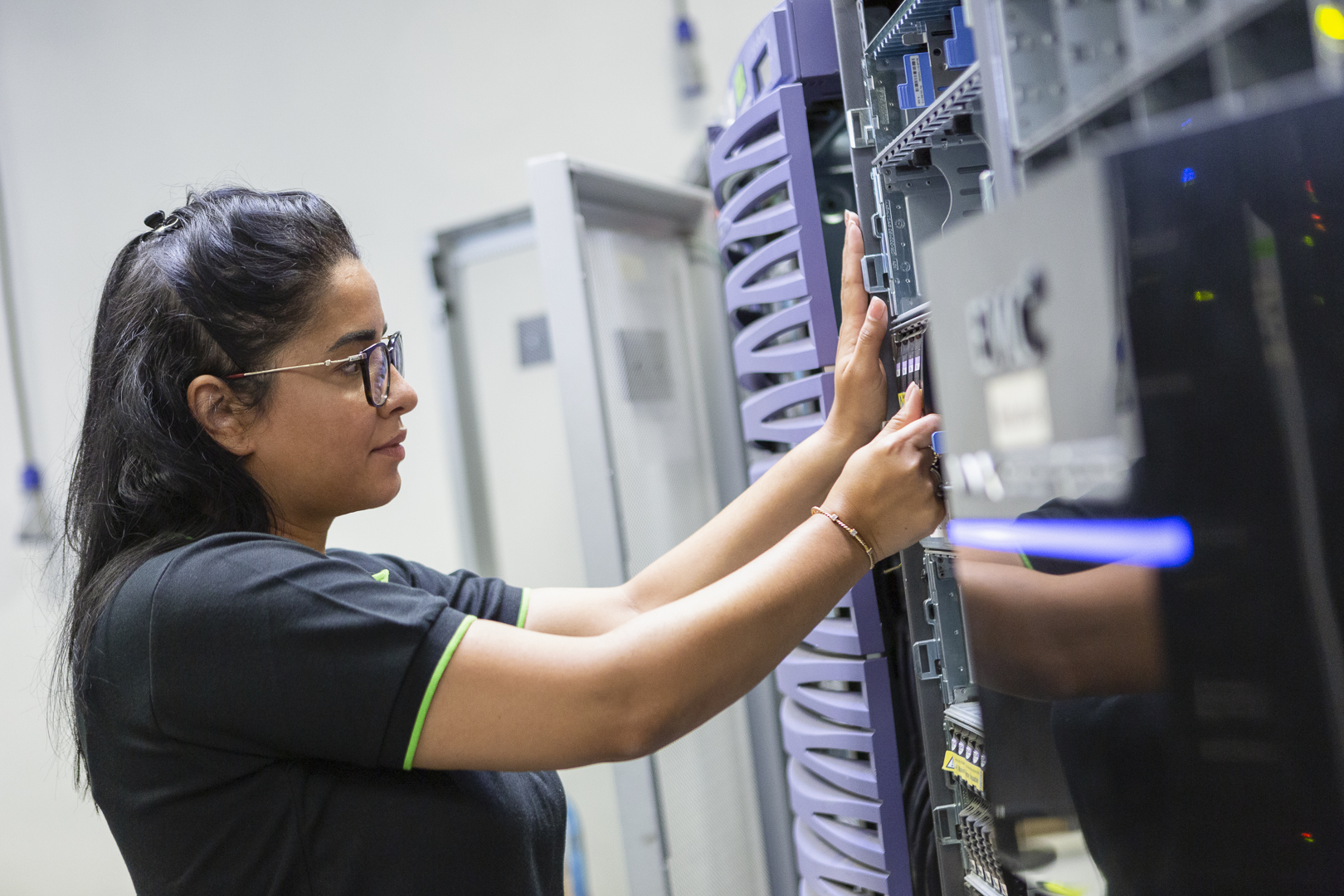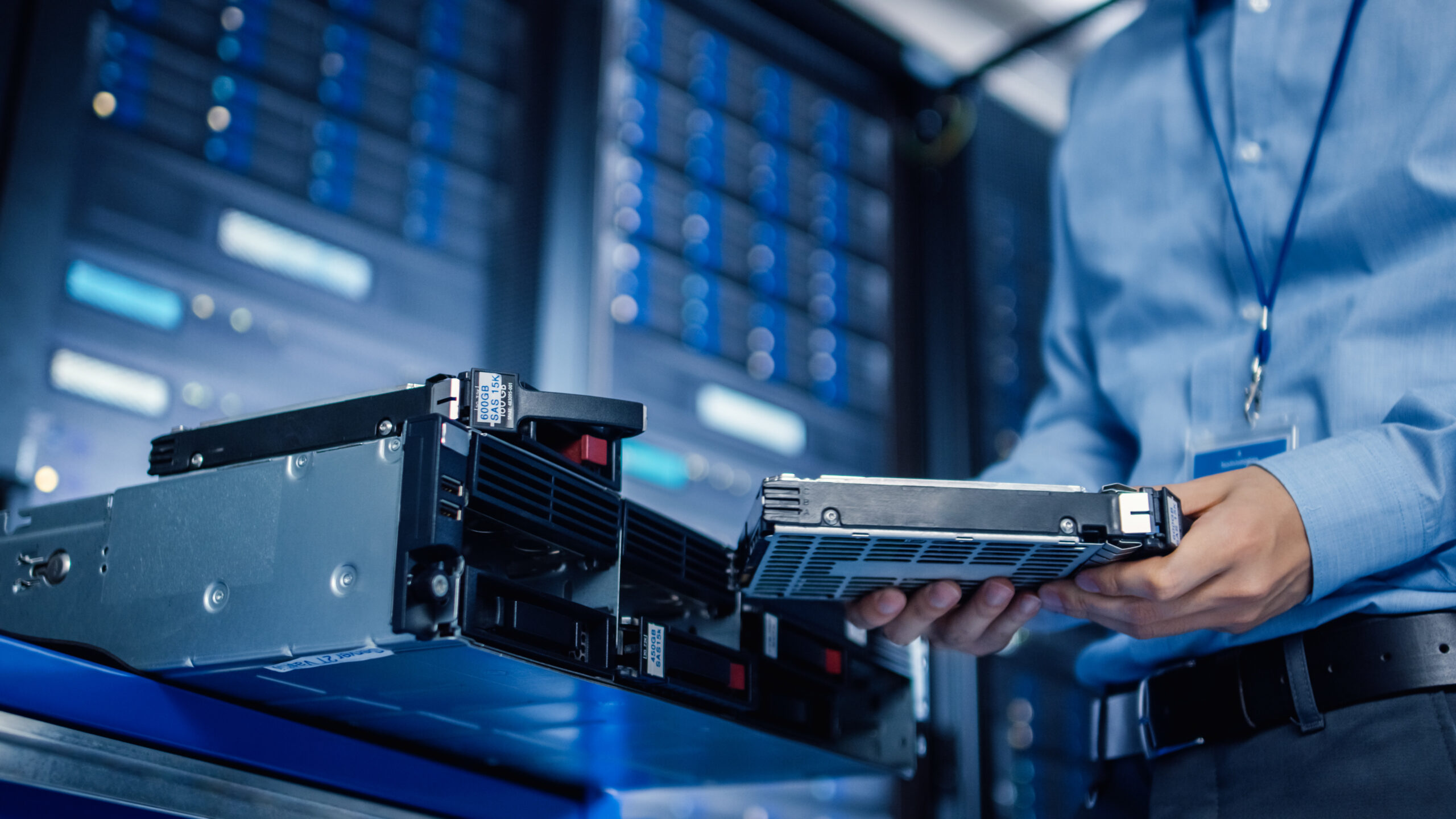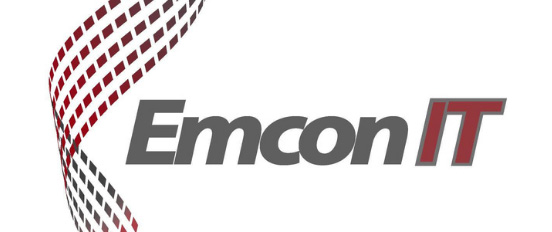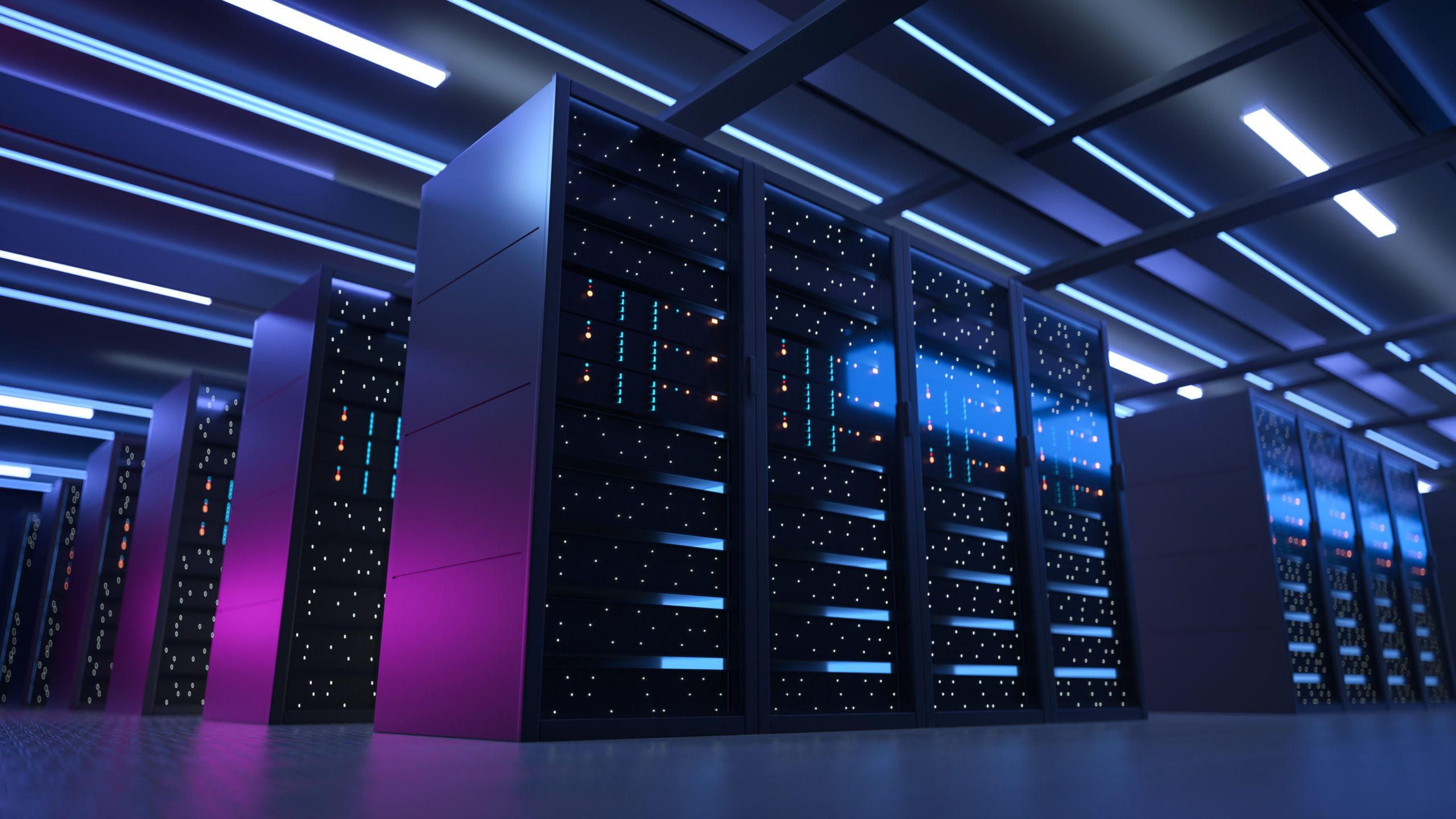Paris, November 9, 2023 – Evernex, a global leader in end-to-end IT asset management, has […]
Read moreUN Climate Conference: Sustainability in data centres
UN Climate Conference: CO2 savings in the IT sector – how to do green IT
The UN Climate Conference in Glasgow from 31 October to 12 November 2021 is all about finding solutions to global climate change. Discussions here will include how CO2 emissions can be reduced. What many people do not know is that data centres offer effective and budget-friendly opportunities to save CO2 emissions. One of the topics discussed is how to reduce CO2 emissions. What many do not know: Data centres offer effective and budget-friendly opportunities to save CO2 emissions.
At the UN Climate Conference (COP 26) in Scotland, political actors will be discussing paths to climate neutrality by 2050, about limiting global warming to 1.5 degrees and how this can be financed. This primarily concerns how CO2 emissions can be reduced. It also includes the IT sector, which in the future will be responsible for more emissions than aviation and shipping put together. Klaus Stöckert, CEO of Technogroup IT-Service GmbH and Member of the Executive Board of Evernex: “Many companies don’t know how high the proportion of CO2 emissions caused by IT is. It’s actually rising, because more and more higher performance servers, storage and networks are needed. Energy requirements are rising accordingly – data centres are now responsible for 20 per cent of worldwide energy consumption in ICT.” The electricity consumption of the equipment, as well as exchanging hardware after unnecessarily short periods of use, are making significant contributions to more CO2. The ecological footprint of IT can be greatly reduced at this point. This primarily concerns how CO2 emissions can be reduced. It also includes the IT sector, which in the future will be responsible for more emissions than aviation and shipping put together. Klaus Stöckert, CEO of Technogroup IT-Service GmbH and Member of the Executive Board of Evernex: “Many companies don’t know how high the proportion of CO2 emissions caused by IT is. It’s actually rising, because more and more higher performance servers, storage and networks are needed. Energy requirements are rising accordingly – data centres are now responsible for 20 per cent of worldwide energy consumption in ICT.” The electricity consumption of the equipment, as well as exchanging hardware after unnecessarily short periods of use, are making significant contributions to more CO2. The ecological footprint of IT can be greatly reduced at this point.
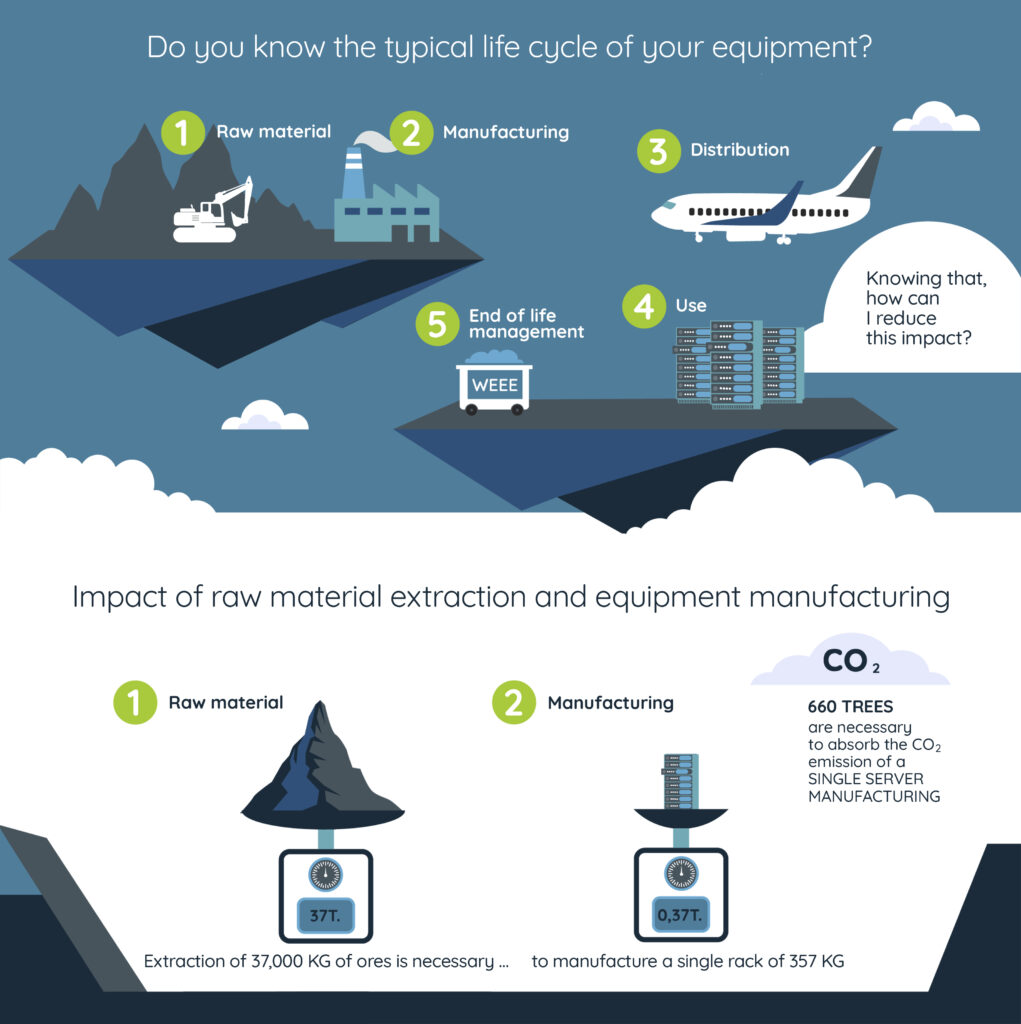
Acting according to three principles: repair, reuse, recycle
The basis is formed by three principles that stand for the recycling economy: repair, reuse, recycle. The target should be to extend the life cycle of hardware. This can be achieved through: The target should be to extend the life cycle of hardware. This can be achieved through:
- Third-Party Maintenance (TPM)
- Using refurbished hardware
- Recycling reusable raw materials
“We are convinced that Third-Party Maintenance (TPM) is one of the most important actions that can be taken to reduce emissions and electrical scrap. Maintenance independent of manufacturers can extend the use of hardware in data centres beyond the warranty or service life (EoSL – manufacturer’s end of service life),”, explains Stöckert. Instead of purchasing new equipment every five years, equipment can also be exchanged after as much as 10 to 15 years. Thus eliminating the entire CO2 footprint of one generation of equipment – mining, refining and transporting the raw materials, producing the hardware and transporting it. “This means there will be fewer emissions and less scrap. And companies will also cut costs thanks to TPM. According to the analysts from Gartner, changing from manufacturer to cross-manufacturer maintenance can produce potential savings of up to 70 per cent,” Klaus Stöckert sums up. Instead of purchasing new equipment every five years, equipment can also be exchanged after as much as 10 to 15 years. Thus eliminating the entire CO2 footprint of one generation of equipment – mining, refining and transporting the raw materials, producing the hardware and transporting it. “This means there will be fewer emissions and less scrap. And companies will also cut costs thanks to TPM. According to the analysts from Gartner, changing from manufacturer to cross-manufacturer maintenance can produce potential savings of up to 70 per cent,” Klaus Stöckert sums up.
Refurbished hardware – environmentally-friendly alternative to out-of-stock new ware
Another possibility within the concept of the recycling economy is reusing hardware. CO2 emissions can also be saved indirectly with this strategy. “In our
Recycling
Long-serving hardware should only be recycled once it can no longer be reused or repaired. Klaus Stöckert: “We can reuse 15 per cent of the products that arrive at Evernex that have been described as computer scrap. This means more than 50,000 spare parts every year, which we can take into our extensive warehouses once again thanks to recycling. The remaining 85 per cent will be recycled so that secondary raw materials can be extracted from them. Selling these usable raw materials is very much worth it for the company and provides an unexpected ROI for the original investment.” Klaus Stöckert: “We can reuse 15 per cent of the products that arrive at Evernex that have been described as computer scrap. This means more than 50,000 spare parts every year, which we can take into our extensive warehouses once again thanks to recycling. The remaining 85 per cent will be recycled so that secondary raw materials can be extracted from them. Selling these usable raw materials is very much worth it for the company and provides an unexpected ROI for the original investment.”
You will find further information about sustainability through Third-Party Maintenance in the Evernex Corporate Social Responsibility Report:
https://www.unglobalcompact.org/participation/report/cop/create-and-submit/active/458604*
Subscribe to our newsletter
Press contact
Would you like to receive more information as a representative of the press and media?
Find out more nowVerwandte Beiträge
How to ensure high availability despite the chip shortage
The chip shortage is presenting businesses with huge challenges. Long delivery times, faltering value-creation chains […]
Read moreIT recycling – how waste becomes valuable to the environment and ROI
Jean-Marc Gottero, Chief Revenue Officer at Evernex, the European market leader for third-party maintenance in data centres, explains how companies can help preserve environmental resources, while generating financial savings when incorporating IT recycling in their sustainability strategy.
Read moreInternational Women’s Day: Woman, Iranian, electrical engineer
Sahar Khodamvayghani works in the TG Repair Center. For her, there are no men’s or women’s jobs – just talented people.
Read moreThe smart way to counter the chip shortage
How companies can work around supply and budget problems.
Read moreEvernex acquires Emcon-IT and strengthens presence in the USA
With the acquisition of the American TPM provider, Evernex continues its international expansion course.
Read moreNew Study: More optimisation potential in IT than expected
New findings on the status quo in data centres and about the effects of the COVID-19 pandemic on the IT sector.
Read more